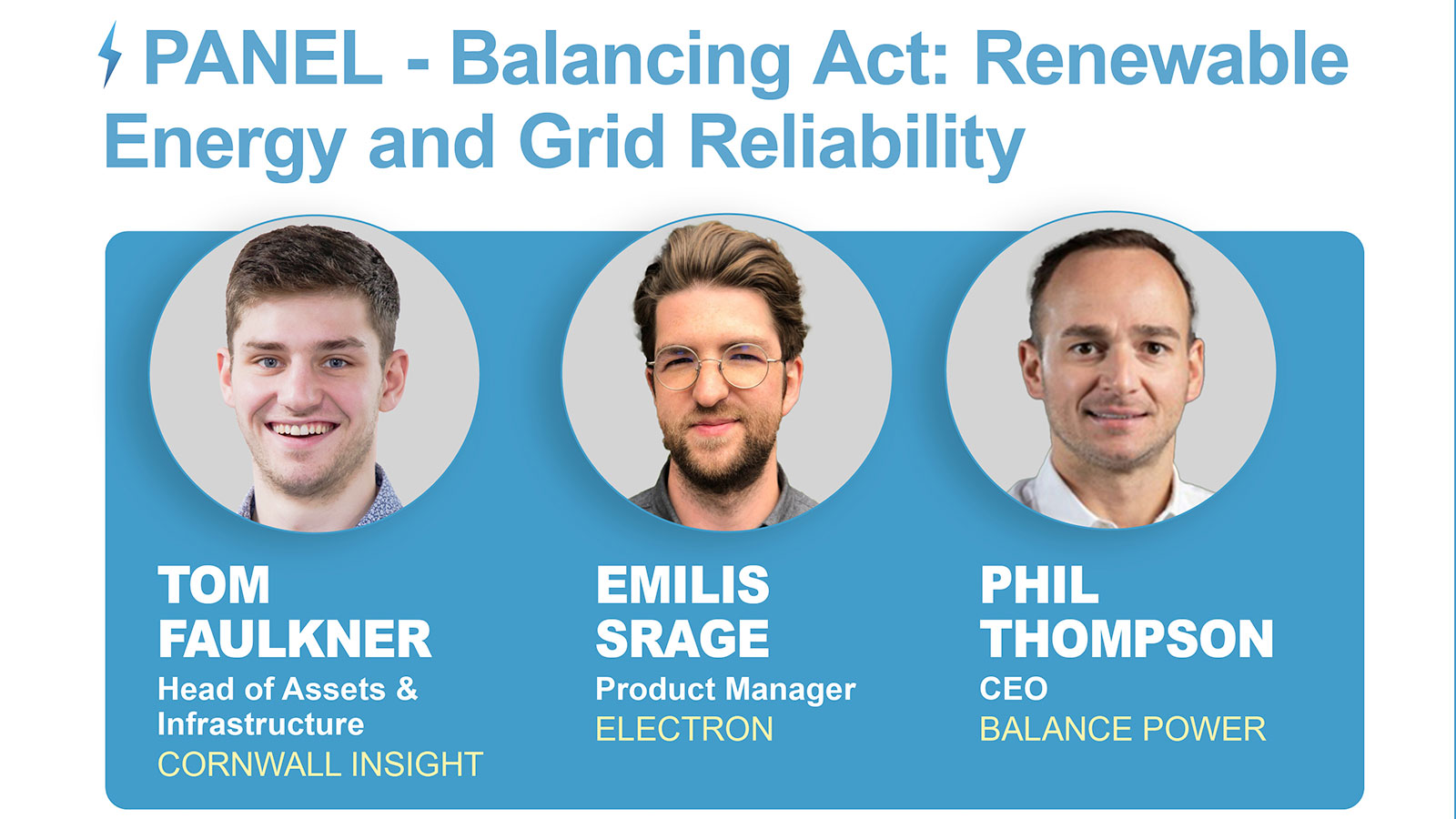Almost half of organisations in the IT and engineering sectors are finding it increasingly difficult to recruit suitably skilled engineers in senior roles, while a third of respondents reported that new engineers, IT and technical recruits did not meet reasonable expectations for the level of skill required. According to research from the Institution of Engineering and Technology (IET), many organisations are finding it challenging to differentiate between skills which can lead to unsuitable hires.
The 2011 Annual Skills Survey compiled by the IET found 48% of respondents are continuing to experience difficulties to find suitable senior engineers to fill vacancies while 34% per cent are finding it difficult to recruit IT managers. Alongside these findings, the survey revealed that 31% of respondents found that new recruits in engineering and IT did not meet the required level of skill. 18% of organisations also reported a lack of confidence in finding suitably qualified engineering, IT and technical staff in four to five years time.
As such the IET is urging practitioners within this space to acquire the appropriate registration to professionally recognise their skills and experience, in order to demonstrate their knowledge, competency and commitment to the profession, as well appear more favourably in recruitment processes. The survey also reveals that many organisations planned to recruit further engineering, IT and technical staff over the next 12 months, with 49% of roles to be filled by experienced staff rather than postgraduates, graduates or school leavers. The IET concludes that such results reaffirm the importance of acquiring professional registrations to give people the much needed differentiator when looking for a new role.
Internationally recognised across the industry, senior engineers and newly qualified engineers are able to improve career opportunities by acquiring professional registrations to demonstrate the expertise and experience gained at each level of their career. Professional Registrations currently available include; ICT Technician (ICTTech), Engineering Technician (EngTech), Incorporated Engineer (IEng) and the more commonly known Chartered Engineer (CEng).
Commenting on his reasons for undergoing the professional registration process, Craig Owens, a Quality Surveillance Engineer, at Parsons Brinckerhoff said: "I wanted to gain recognition for all the hard work that I had put into my career whilst servicing in the Royal Navy and these professional qualifications have improved my career development and progression. Clients are reassured that I have the necessary skills and expertise to do my job and my current employer even uses it as a selling point to clients when requesting my services."
Owens first acquired the EngTech category in 2005, followed by the IEng in 2009 and is currently working towards becoming a CEng.
Paul Davies at the IET, commented "The 2011 skills survey has indicated a real need for suitably qualified and skilled professionals at different levels and also reveals just how engineers or technicians currently seeking employment, or looking move to the next stage of their career, can differentiate themselves from the crowd."
The 2011 Skills Survey also indicated a concerted effort from the industry to address the continuing skills shortage with 30% of respondents concluding that the profile and image of engineering needed to improve and 21% citing the need to make it cheaper for organisations to offer training. Many organisations contribute to efforts to promote engineering to young people with 60% of respondents taking on interns for work experience in the past 12 months.
The IET is licensed by the Engineering Council to award the professional engineering qualifications defined in the UK Standard for Professional Engineering Competence. For more information on acquiring professional registration visit http://www.theiet.org/careers/profreg/





